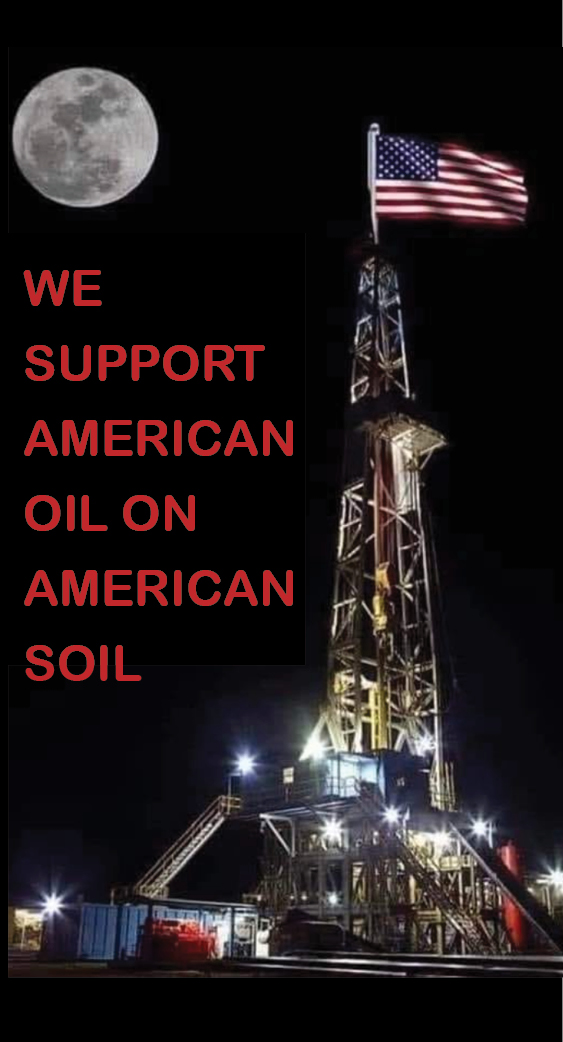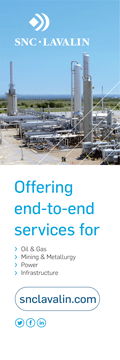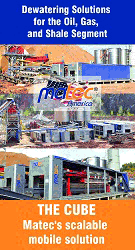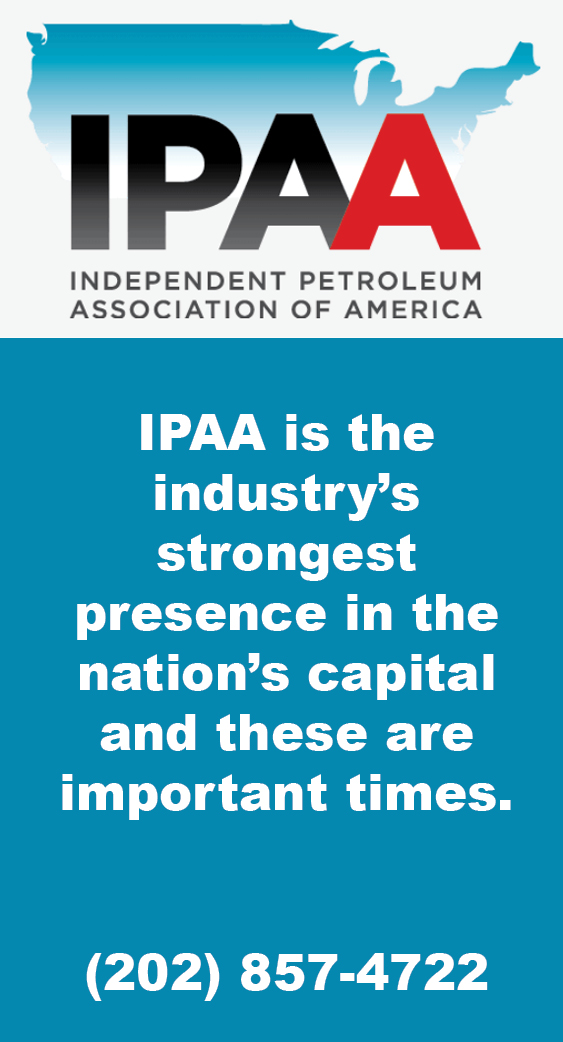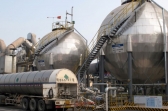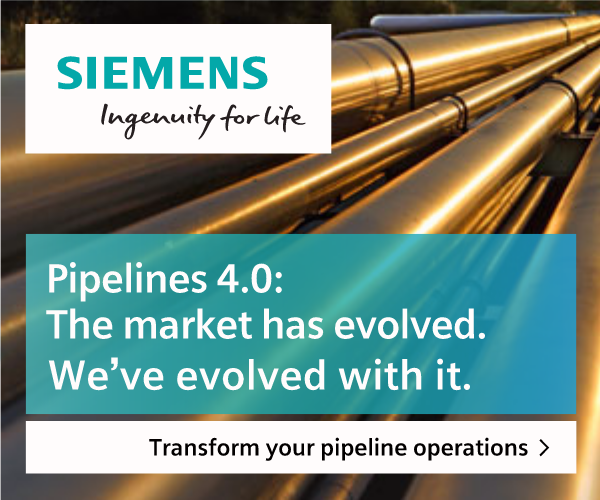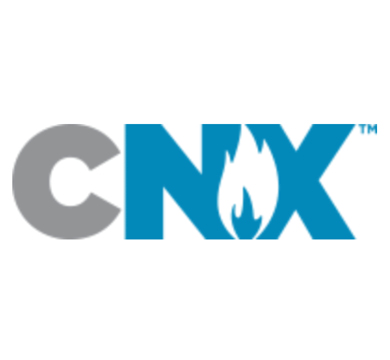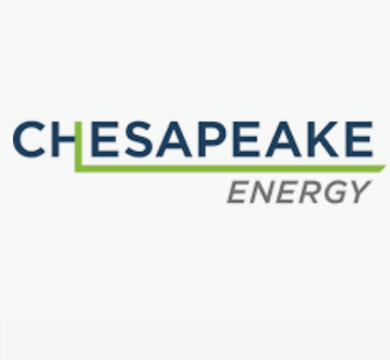Shell, Archaea Energy Take Early Steps Toward Underground Carbon Storage in Pennsylvania
Two companies, Shell and Archaea Energy, have met with state environmental regulators to discuss preliminary plans for developing Pennsylvania’s first wells to store carbon dioxide.
Shell, which is preparing to begin operating its world-scale petrochemical plant in Beaver County this year, told regulators it is considering locating a carbon sequestration well in Beaver County or in Ohio, a manager with the Department of Environmental Protection said at an advisory board meeting this week.
The company has plans to conduct an injectivity test but has not yet submitted formal permit applications to DEP or the U.S. Environmental Protection Agency, Tom Donohue, a professional geologist manager in DEP’s southwest district, said. An injectivity test is a tool for gauging the carbon storage potential and safe injection rate in an underground reservoir.
Archaea Energy, which opened what it bills as the highest-capacity operational renewable natural gas facility in the world at a northeastern Pennsylvania landfill in December, has not determined where it might locate a well but is looking at Lackawanna County for potential test sites, Mr. Donohue said. The company has also not yet applied for state or federal permits.
Houston, Texas-based Archaea was formerly headquartered in Canonsburg.
A NEW INFRASTRUCTURE
The early-stage meetings reflect increasing interest from companies to start building infrastructure for capturing planet-warming carbon dioxide from industrial sites and power plants and sequestering it in deep rock formations underground.
Mastering and broadly adopting the technology is seen as a primary way to continue using fossil fuels in a world aiming to cut human-caused carbon dioxide emissions to net-zero by 2050 to avoid devastating levels of warming.
The type of wells that the companies are considering, known as Class VI, are rare in the U.S.
The EPA counts just two active permits, both in Illinois. But 14 applications have been submitted and are under federal regulators’ review as of mid-April, including one proposed in Lorain County, Ohio.
None are pending in Pennsylvania or other neighboring states.
Shell Polymers spokesman Curtis Thomas said the company has “no sequestration well permit applications filed with DEP at this time.”
Shell “strongly supports efforts to develop carbon capture and sequestration opportunities” and is “committed to helping decarbonize the Tri-State region,” Thomas said. Carbon capture and sequestration “is one potential component of a broad solution.”
Archaea Energy spokeswoman Megan Light said the company has a carbon sequestration team and is exploring several potential projects across the U.S., including in Pennsylvania.
“At this point, I can’t confirm anything more specific than that, as we haven’t made any firm decisions to permit or to move forward with any specific projects,” Light said.
The company captures gas from decomposing materials in landfills and other facilities and processes the methane into pipeline quality natural gas. Landfill gas is roughly half methane and half carbon dioxide, and the company has said it is pursuing projects to sequester the carbon dioxide portion underground.
Shell is a member of an alliance of energy and industrial groups pursuing the establishment of a hydrogen production and carbon capture and sequestration hub in the region. The potential hub has become a marquee pursuit for southwestern Pennsylvania’s industrial and natural gas heavyweights.
The Norwegian energy company Equinor, another member of the alliance that already drills for oil and gas in Appalachia, has contracted with Battelle to evaluate if the rock layers under the region are suitable for carbon storage.
Equinor’s senior director of external affairs, Karen Matusic, said during the Appalachian Hydrogen & Carbon Capture Conference in Canonsburg last week that the company’s next step is to carry out drilling test wells.
“I think the challenge in the region is identifying the geology,” Shell’s corporate relations manager, John Hines, said during the same event.
The Allegheny Conference on Community Development’s energy transition plan, released last week, assumes a 2030 start date for commercial-scale carbon dioxide injection.
According to its public filings, Shell said it spent around $70 million on carbon capture and sequestration initiatives in 2020. By 2035, the company plans to have enough capacity worldwide to store 25 million tons of CO2 annually.
Cecil-based CONSOL Energy is the only other company that has approached DEP’s Southwest Regional Office about a potential carbon capture and sequestration project, DEP spokeswoman Lauren Fraley said, but the discussion was related to possible air quality permits. No permit applications have been submitted.
The company has received federal funds to help design a power plant that can run on wet waste coal from CONSOL’s mining operation and pair it with carbon capture and storage.
Other possible carbon capture and sequestration projects in Pennsylvania include a hydrogen, ammonia and urea production facility proposed for Clinton County called KeyState to Zero.
Source: Pittsburgh Post-Gazette
Be in-the-know when you’re on-the-go!
FREE eNews delivery service to your email twice-weekly. With a focus on lead-driven news, our news service will help you develop new business contacts on an on-going basis.
CLICK HERE to register your email address.





